A Gaze That Changed Cinema Forever
Have you ever locked eyes with someone on screen and felt the world around you pause? That was the spell of Anna Karina—her soulful eyes and delicate beauty carried a quiet strength, while beneath it all lived the heart of a rebel. Born Hanne Karin Bayer on September 22, 1940, in Copenhagen, Denmark, she would become the celebrated “muse of the Nouvelle Vague,” the French New Wave movement that forever transformed 20th-century film. With her mix of vulnerability and boldness, she became not only an actress but a symbol of artistic freedom and independence. Even today, her influence flickers through modern cinema like the glow of an old projector.
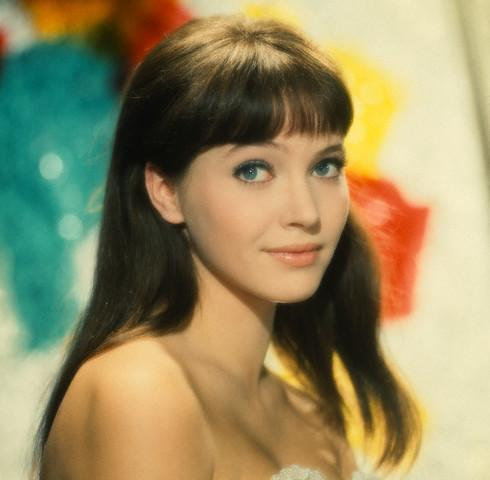
From Copenhagen Shadows to Parisian Dreams
Anna’s early life in wartime Denmark was marked by both hardship and imagination. Her ship-captain father disappeared when she was an infant, and she was raised by her grandparents while her mother worked to keep the household afloat. Bullied for a childhood stutter and longing for more, she developed a fierce inner independence. At fourteen, she left home for Paris, chasing opportunity and adventure. Modeling gigs soon followed, landing her in Palmolive soap ads and glossy magazines. Coco Chanel, captivated by her striking features, suggested a name change to “Anna Karina,” a reinvention that felt like destiny.
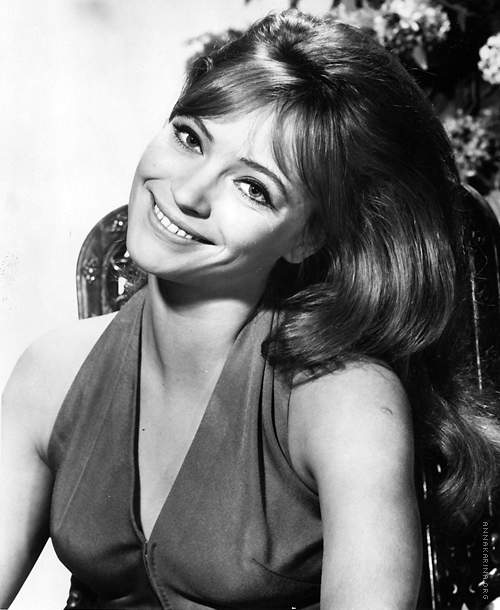
Paris offered glamour and struggle in equal measure. She danced in cabarets, posed for fashion spreads, and took small acting jobs. But those early years of solitude and hustle shaped the quiet resilience that would later define her most unforgettable characters.
Video : A Tribute To Anna Karina
The New Wave Calls: Discovery by Jean-Luc Godard
In 1960, a magazine photograph caught the eye of director Jean-Luc Godard, one of the pioneers of the French New Wave. He invited her to audition for Breathless but she refused a scene requiring nudity—her first bold stand for her own boundaries. Undeterred, Godard cast her in Le Petit Soldat (1960), a political thriller that introduced audiences to a performer with both elegance and edge. The camera adored her, and her on-screen presence signaled that a new kind of heroine had arrived.

The film ignited a creative partnership—and a romance—that would shape the movement. Their collaboration captured the restless energy of the 1960s: intimate, experimental, and unpredictable. Anna became the emblem of the New Wave’s rebellious spirit while keeping her own artistic identity firmly intact.
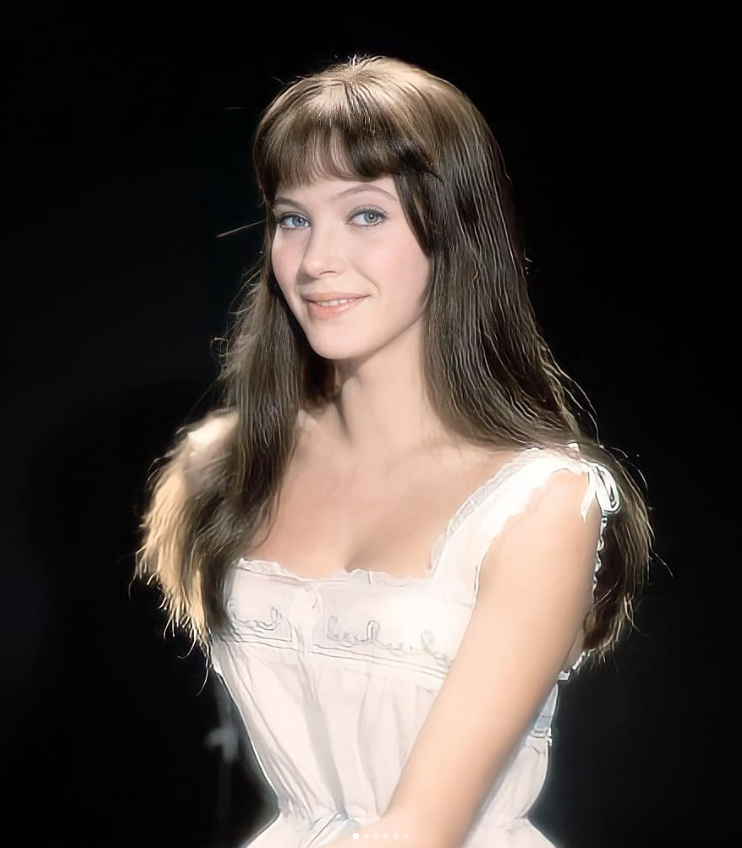
Godard’s Muse: A Series of Cinematic Masterpieces
Between 1960 and 1965, Anna starred in a string of Godard’s most celebrated films, each revealing a different facet of her talent. In A Woman Is a Woman (1961), she played the charming, impulsive Angela, winning the Berlin Film Festival’s Best Actress award. In Vivre Sa Vie (1962), she delivered a heartbreaking portrait of a young woman confronting the fragility of freedom. Bande à Part (1964) gave her the iconic café dance scene—three minutes of pure, unfiltered cool—while Pierrot le Fou (1965) captured the final sparks of both their professional and romantic relationship.

Their films were more than collaborations; they were visual conversations. Godard’s camera lingered on her face as if trying to decode its mysteries, while Anna brought emotional depth and quiet defiance that made each frame unforgettable.
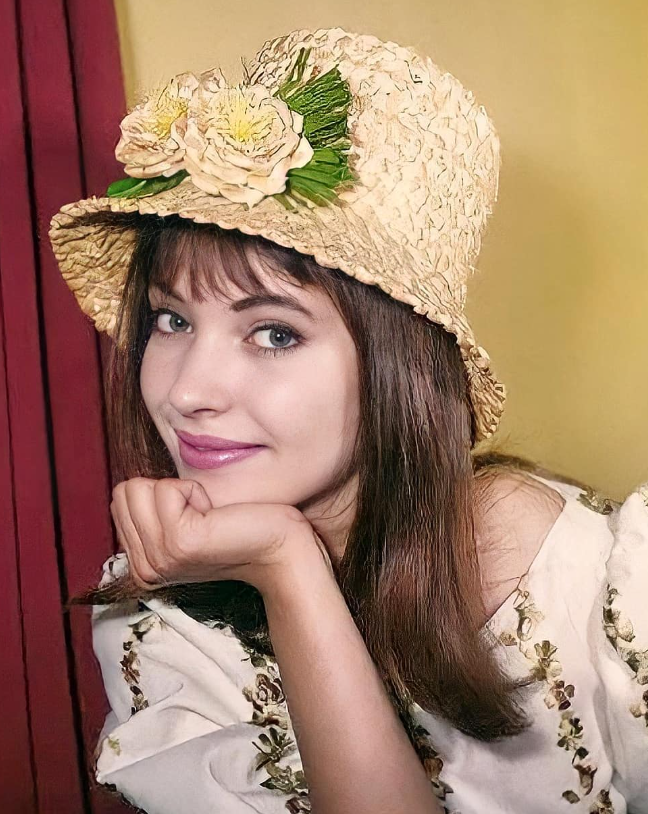
Beyond Godard: A Versatile International Career
Anna Karina refused to be defined by any single director. She worked with other giants of European cinema: Jacques Rivette in La Religieuse (1966), where she portrayed a nun fighting oppressive traditions; Luchino Visconti in Lo Straniero (1967), alongside Marcello Mastroianni; and Rainer Werner Fassbinder in Chinese Roulette (1976), a psychological drama where her calm intensity anchored the story.
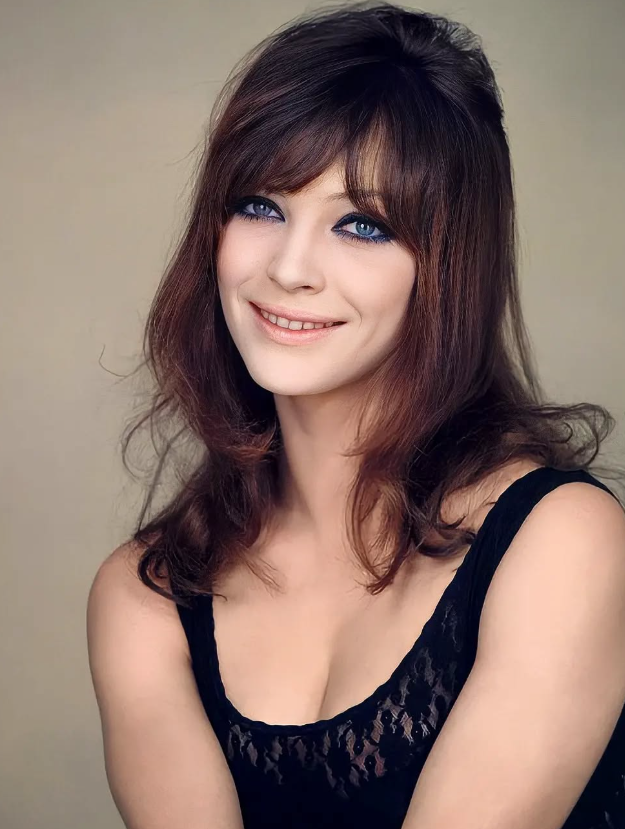
Hollywood took notice as well. She appeared in George Cukor’s Justine (1969) and Tony Richardson’s Laughter in the Dark (1969), proving that her quiet magnetism could cross languages and borders. In 1973 she stepped behind the camera to direct Vivre Ensemble, exploring the complexities of love and independence, and later published novels that revealed her gift for storytelling.
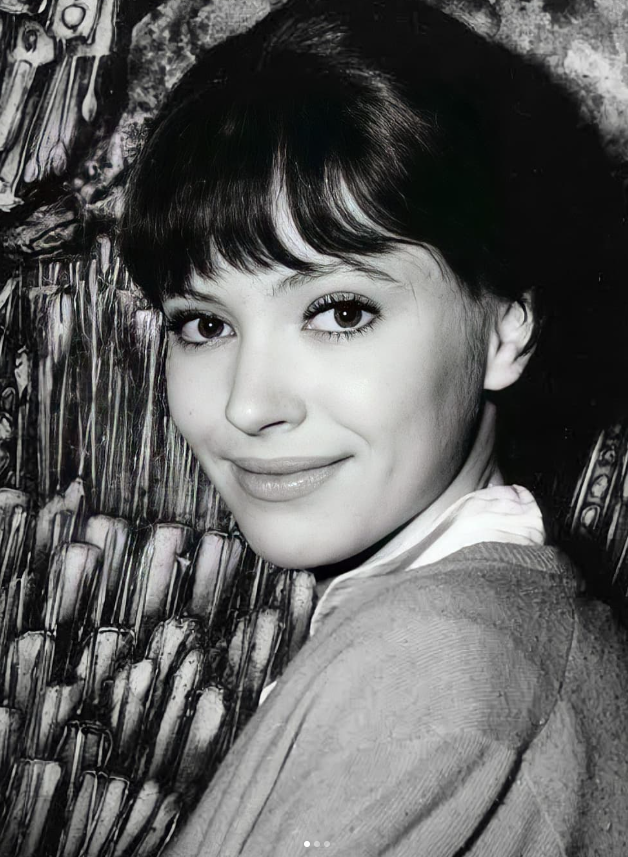
The Singer and the Storyteller
Anna’s artistry wasn’t limited to film. She recorded music written by Serge Gainsbourg for the 1967 TV musical Anna, including the hit “Sous le soleil exactement,” which climbed the French charts. Her warm, velvety voice brought a playful elegance to songs that remain staples of French pop culture. Over the years she continued to write, publishing several novels that carried the same sharp insight and emotional honesty as her performances.
Video : Anna Karina “Sous le soleil exactement” | Archive INA
Love, Loss, and Personal Strength
Behind the screen persona was a woman of deep resilience. Anna married Jean-Luc Godard in 1961; their creative and romantic partnership burned brightly but ended by 1965. She later married actor Pierre Fabre, filmmaker Daniel Duval, and finally director Dennis Berry, who remained her partner until her death in 2019. Though she never had children, she embraced a life filled with art, friendship, and quiet acts of generosity, supporting cultural projects and mentoring young filmmakers.

Her private life was marked by both passion and heartbreak, yet she met every challenge with grace. Friends and colleagues often described her as gentle yet fiercely independent—a woman who lived her ideals without compromise.
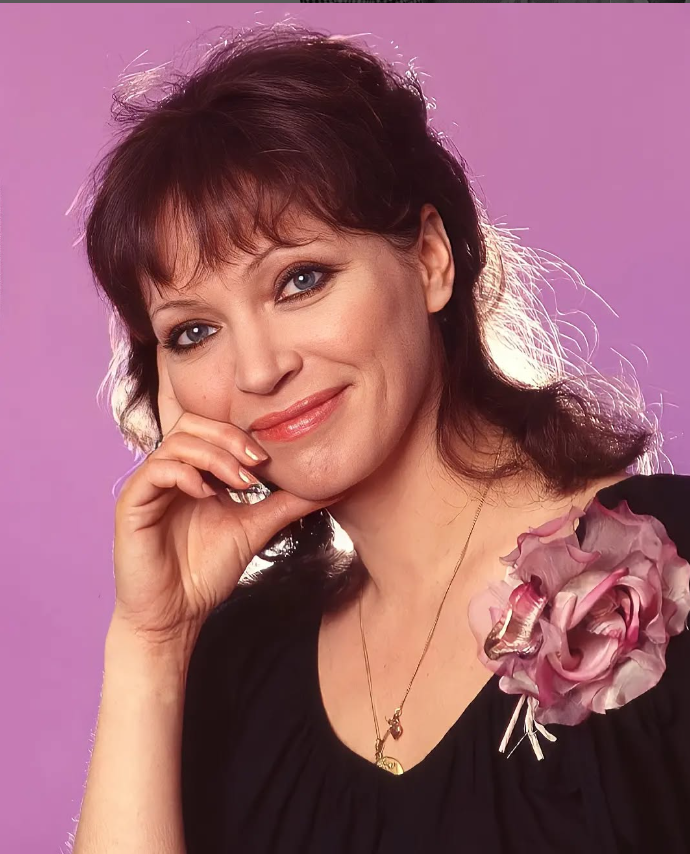
A Legacy That Still Inspires
Anna Karina passed away in Paris on December 14, 2019, at the age of 79, after a battle with cancer. But her influence continues to shine. Film schools still analyze her performances for their subtle power. Designers reference her iconic berets and effortlessly chic style. Directors from Martin Scorsese to Quentin Tarantino have cited the French New Wave—and Anna in particular—as a guiding inspiration.
Today her films stream to new audiences, and retrospectives at festivals like Cannes and Venice keep her spirit alive. Her face, her voice, and her fearless artistic choices remain touchstones for anyone seeking authenticity in art.
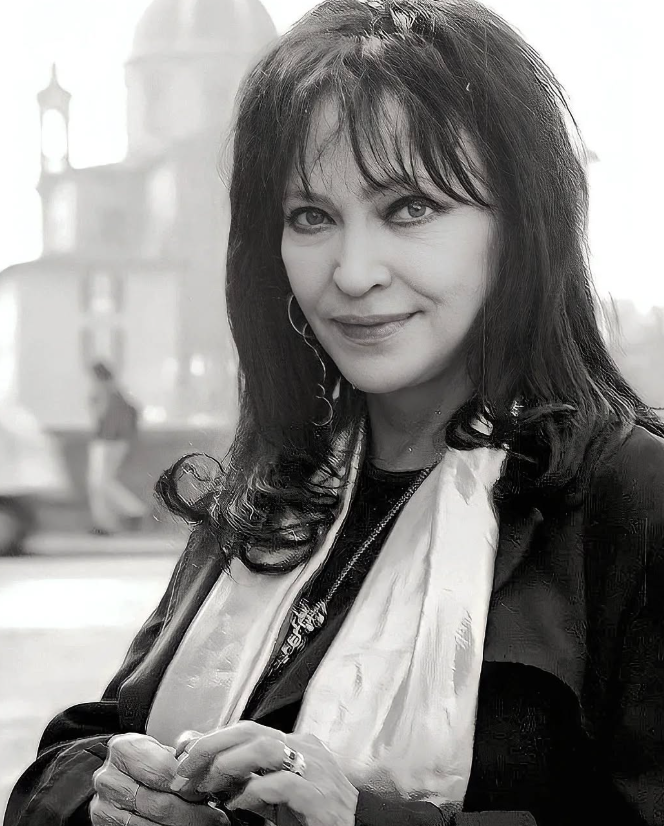
Conclusion
Anna Karina was more than a star; she was the embodiment of the French New Wave’s daring heart. From her childhood in Copenhagen to her meteoric rise in Paris, she transformed personal resilience into artistic freedom. She acted, sang, wrote, and even directed, always chasing the truth of her own vision. Decades after her most famous films, her soulful eyes and quiet strength still captivate, reminding us that true icons do more than entertain—they challenge us to see the world differently.